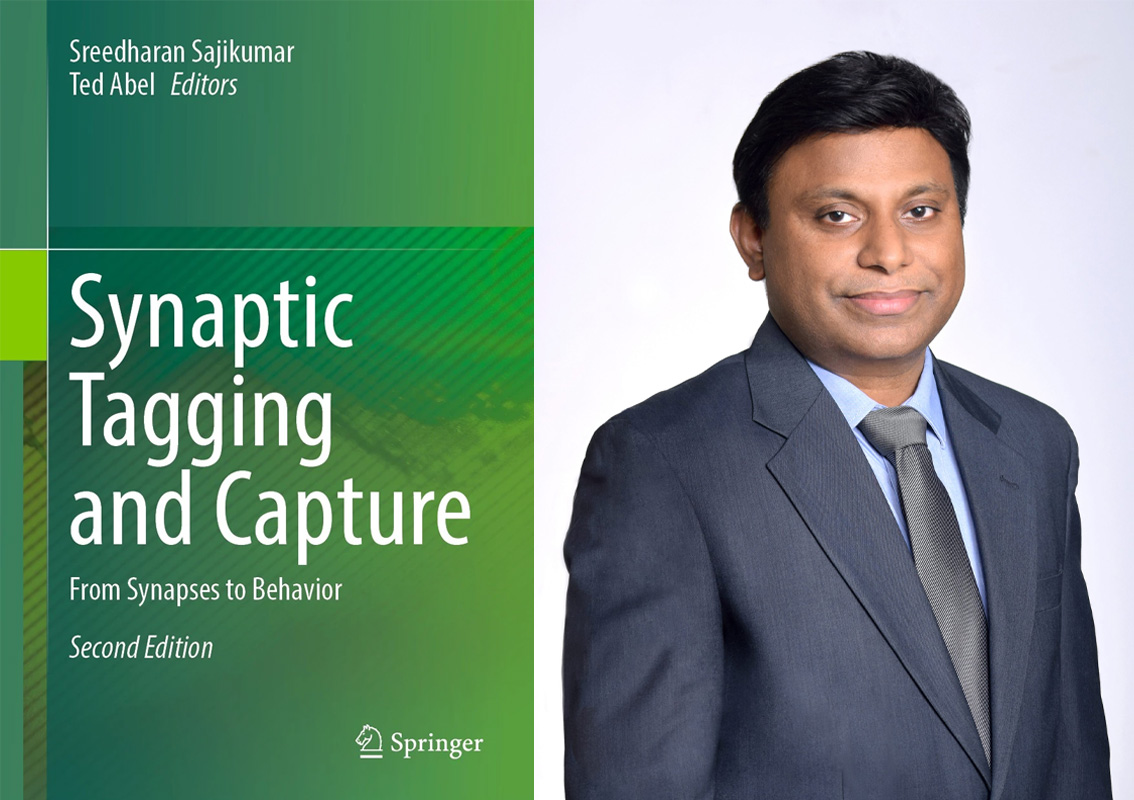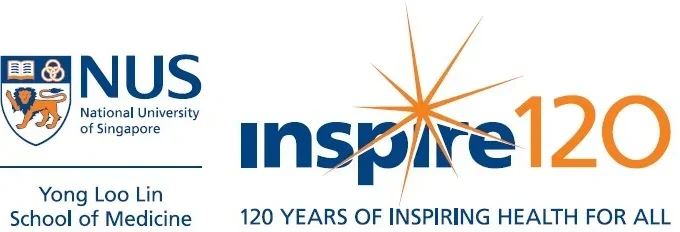Linking senses and creating memories through Synaptic Tagging and Capture
Published: 17 May 2024

Credit: Assoc Professor Sajikumar Sreedharan
Every day, we form memories and learn by connecting different events and experiences. For example, seeing a plate of nasi lemak brings to mind its unique flavor and the smell of coconut milk rice. How does our brain link these different senses—sight, smell, and taste together in a meaningful way? One key mechanism, known as synaptic tagging and capture, explains how different sensory input are woven into memory traces. This fascinating process is the main focus of the book Synaptic Tagging and Capture.
Edited by Associate Professor Sajikumar Sreedharan from the Department of Physiology and Healthy Longevity TRP at NUS Medicine, the book brings together world-renowned experts to discuss the latest findings and future directions in the field. Professor Sajikumar has extensive knowledge and expertise in the study of synaptic tagging and capture as a fundamental mechanism in long-term memory and its disruption in conditions like ageing and Alzheimer’s disease. The book is co-edited by Professor Ted Abel, Director of the Iowa Neuroscience Institute at the University of Iowa Carver College of Medicine.
The editors have meticulously updated this new edition, which builds on the success of the first edition that garnered over 12,000 downloads. The updated book includes new insights from behavioral and systems-level perspectives, highlighting the field’s growth. It features contributions from pioneers like Brain Prize winners Professor Richard GM Morris and Professor Graham L Collingridge, along with other top neuroscientists such as Professor Wickliffe C Abraham and Professor Kaoru Inokuchi.
“It has been a two-and-a-half-year effort to deliver fresh and renewed insights on the synaptic tagging and capture field, and I believe readers will gain much from the various discussions shared by our contributing authors in this reference book,” said Professor Sajikumar.
The book is currently available from Springer-Nature and Amazon.

